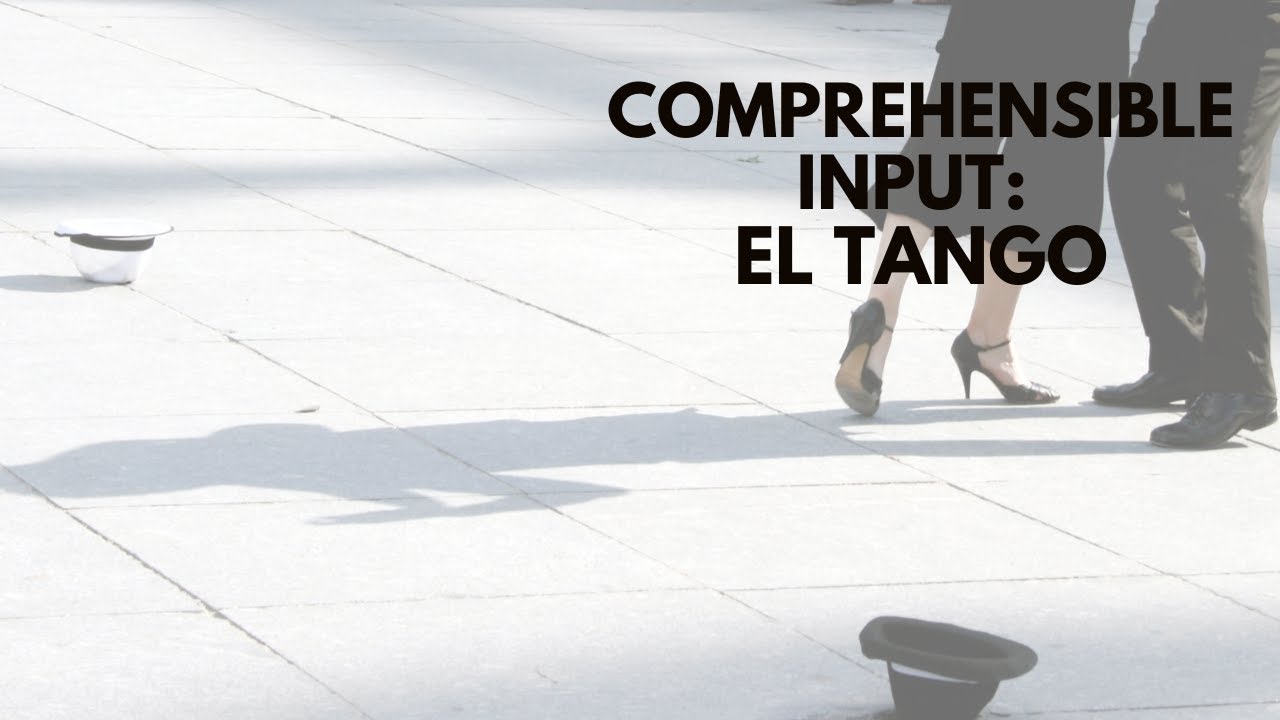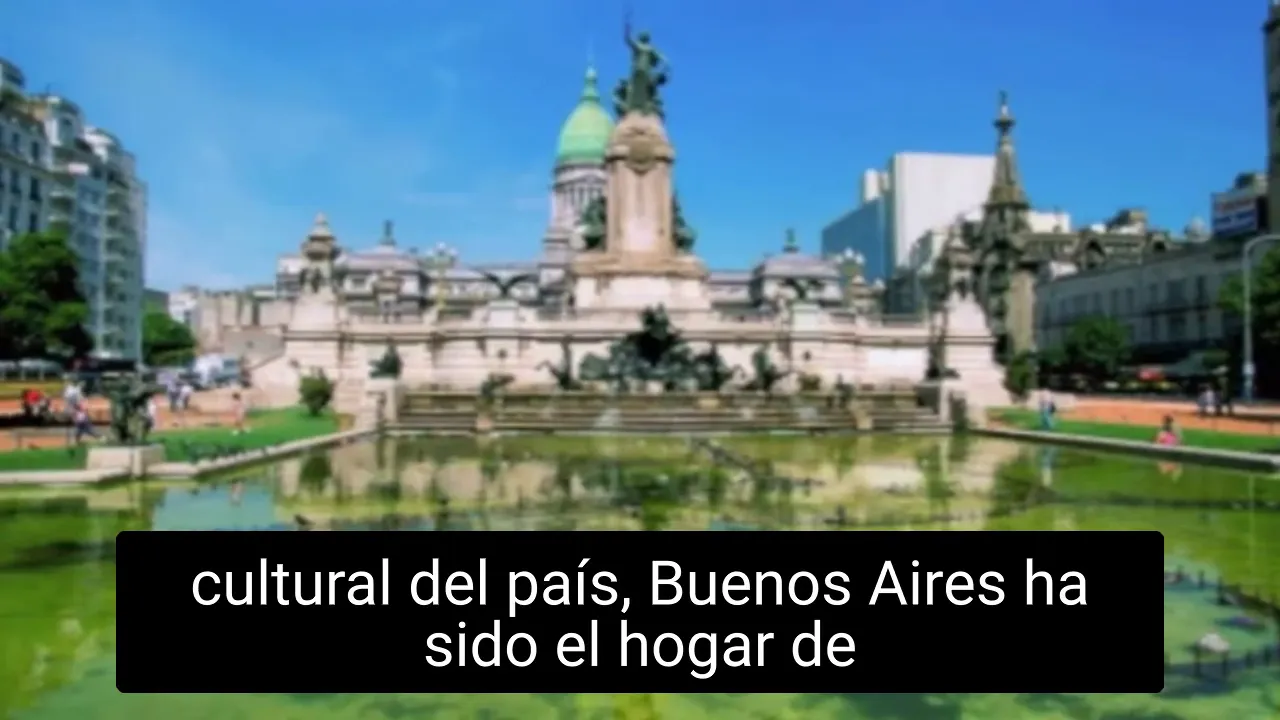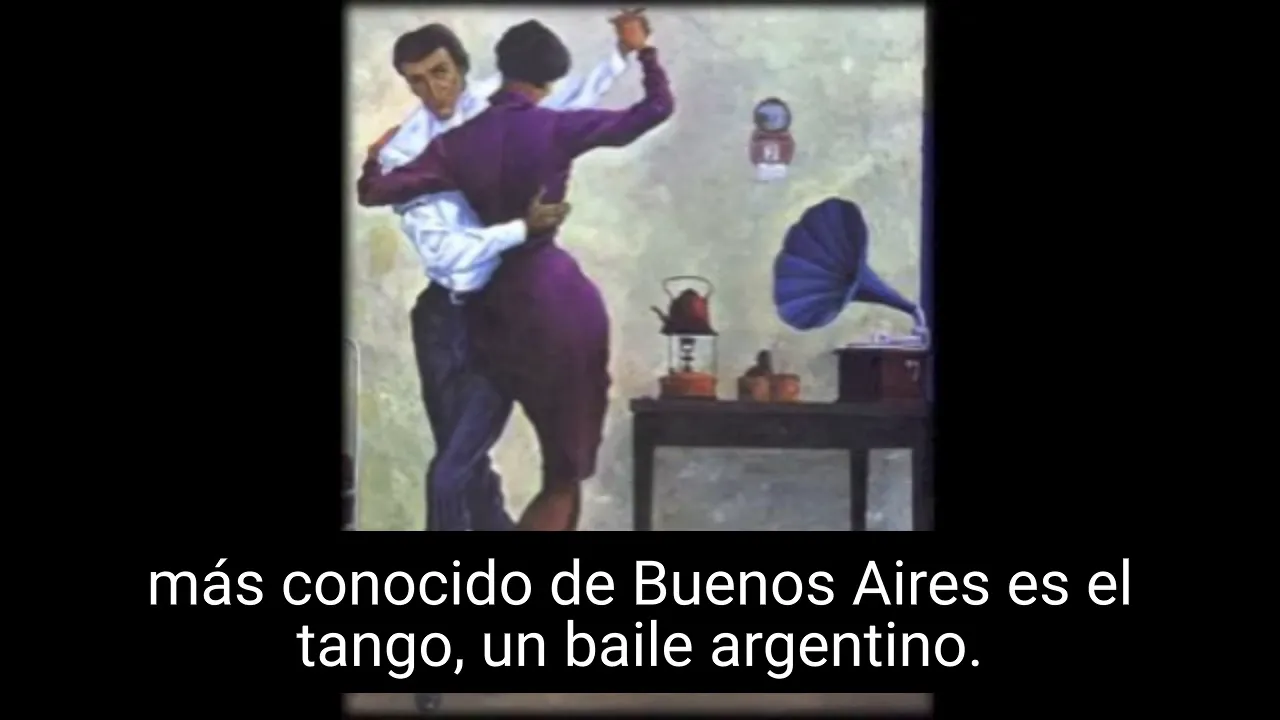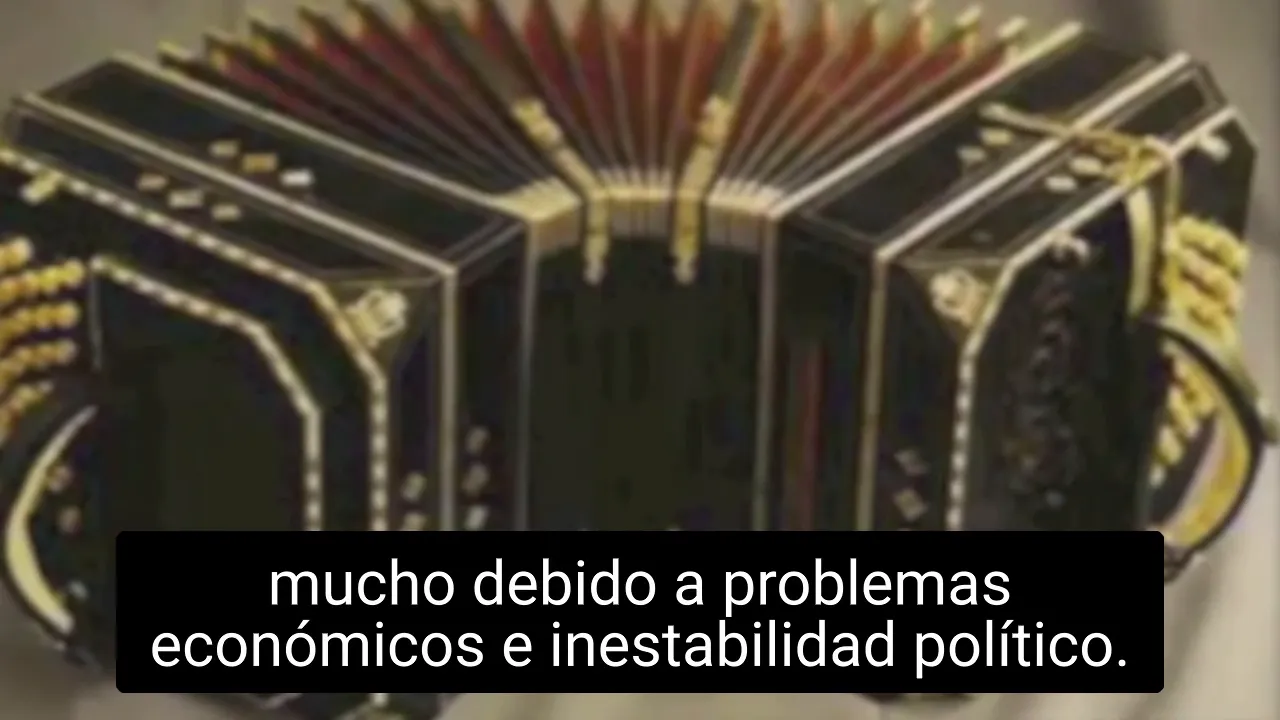
This post expands on a short comprehensible input video about El Tango and Buenos Aires. If you’re learning Spanish, this Comprehensible Input Spanish: El Tango lesson is a gentle, clear way to hear useful vocabulary and simple grammar in context. Below you’ll find a summary, vocabulary, grammar tips and practice activities to help you get more from the Spanish text.
Quick summary
The short lesson describes Buenos Aires, its cultural life and famous artists, and then focuses on the tango: its origins in the Río de la Plata region, influences from African and European dances, the impact of immigration, and its later global spread. The video ends noting that in 2009 UNESCO declared the tango part of the Intangible Cultural Heritage of Humanity.

Spanish transcript (published as spoken)
El tango Buenos Aires es la capital de Argentina se dice que Buenos Aires es la ciudad más europea de las Américas Buenos Aires es el hogar de los porteños o los habitantes de la ciudad además de ser el centro cultural del país Buenos Aires ha sido el hogar de unos artistas influyentes Jorge Luis Borges nació aquí Sus cuentos, ensayos y poemas han sido traducidos en muchos idiomas. Alfonsina Storni, poeta nacida en Suiza de padres argentinos, vivió en Buenos Aires donde escribió y enseñó literatura. Quizás el producto cultural más conocido de Buenos Aires es el tango, un baile argentino. El tango tiene una historia muy rica. Empezó a bailarse a fines del siglo XIX en el área del Río de la Plata. Argentina recibió muchos inmigrantes italianos, españoles y franceses durante los siglos XIX y XX. En los primeros años del siglo XX, los bailadores y orquestas de Buenos Aires empezaron a viajar a Europa. Durante muchos años, el tango no se bailaba mucho debido a problemas económicos e inestabilidad política. Después de superar sus dificultades, el tango ha sobrevivido. Se ve por todas partes del mundo. En 2009, UNESCO ha declarado el tango Patrimonio de la Humanidad.

Key vocabulary and phrases (with simple definitions)
- Buenos Aires – capital city of Argentina.
- porteños – people who live in Buenos Aires (inhabitants of the port city).
- centro cultural – cultural centre.
- tango – a dance and music style from Argentina.
- Río de la Plata – the estuary between Argentina and Uruguay, origin area for tango.
- tango criollo – early form of tango, “criollo” meaning local or creole.
- se dice que – “it is said that” (useful phrase for reporting).
- se bailaba – passive/reflexive past: “people used to dance it / it was danced.”
- Patrimonio de la Humanidad – World Heritage (UNESCO designation).
Pronunciation helpers
- Buenos Aires: stress on “Aires” — /BYE-nos EYE-res/.
- Porteños: the ñ sounds like “ny” in canyon — por-TEN-nyos.
- Tango: clear “a” as in father — TAN-go.
Grammar and comprehension notes
The video uses simple present and past forms and several useful constructions for learners:
- Se dice que… — impersonal way to say “it is said that…” Use it when repeating common opinions or facts.
- Empezó a bailarse — a passive/reflexive structure that shows an action was begun by people in general. Great pattern for talking about customs or traditions.
- Durante muchos años… — time phrases like this are helpful to place events in history.

How to study this lesson (practical activities)
- Listen-and-repeat: Play the video and shadow the speaker sentence by sentence. Focus on rhythm and stress.
- Chunking: Break the transcript into short chunks (2–6 words) and translate each chunk to build confidence.
- Vocabulary flashcards: Make cards for the words above and include an example sentence in Spanish.
- Write your own short paragraph about a cultural tradition in your city using patterns from the transcript (use “se dice que”, “es el hogar de”, “empezó a…”).
Final thoughts
This brief lesson is a model of comprehensible input: simple language, clear facts, cultural interest. Use the transcript to practise reading and listening, and repeat the key phrases until they feel natural. Remember the phrase Comprehensible Input Spanish: El Tango as a search cue to find similar short lessons. Enjoy the music, the language and the history — and try saying “se bailaba” aloud when you describe traditions!
Comprehensible Input Spanish: El Tango